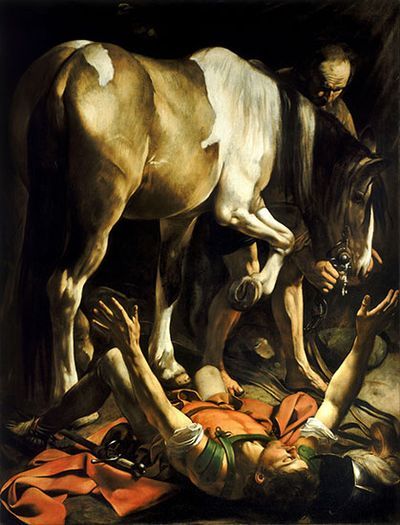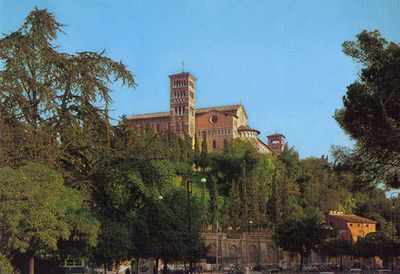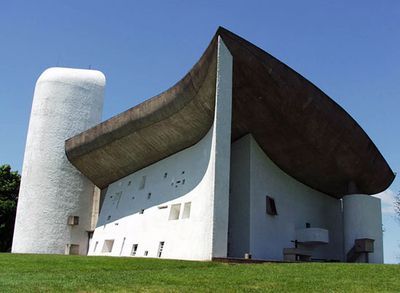Wonder in the modern world
By HILARY DAVIES
In mid-June poets, priests, monks, philosophers, teachers and theologians gathered in the cloisters of the monastery of Sant���Anselmo in Rome. Their purpose? To examine what place wonder has in the modern world, how it has manifested itself in the traditions which have shaped Europe and the Middle East, and how contemporary writers still bear witness to its power.
The conference ��� its full title being ���Thresholds of Wonder: Poetry, philosophy and theology in conversation��� ��� was organized under the aegis of the Power of the Word project, based at Heythrop College, who, with the Institute of English Studies at University College London, inaugurated these meetings in London in 2011. The intention is to foster interdisciplinary dialogue between creative artists, scholars and thinkers. This year���s participants had come from Silesia, California, Argentina, Norway, Brazil, Bucharest, Tel Aviv, Galloway, London and all over Italy.
And their exchanges offered rich pickings indeed. In the first sessions alone there were choices to be made between attending papers on Rilke, G. M. Hopkins and David Constantine; G. K. Chesterton, Peter Levi and Thomas Mann; the concept of enchantment in modernism and wonder in natural theology.
In the keynote address, Paul Murray, of the Angelicum (Pontifical University of St Thomas Aquinas in Rome) addressed one of the most important questions of the conference: why is it that, after centuries of co-existence and co-operation, theology and the arts have become estranged in the late twentieth and early twenty-first century? Aquinas on Aristotle compares philosophers with poets because both are concerned with wonder; Murray cited the famous incident in which the young Da Vinci was overcome with ���fear and desire��� as he looked into the darkness of a great cavern; and John Paul II���s Letter to Artists, in 1999, in which the Pope reminded them that living faith, and its expression in artistic works, has traditionally been a response to wonder at the divine presence. Murray went on to give a tour de force of arguments which have been used, both against and for, the engagement of artists with theology. He concluded with some recent instances: Randall Jarrell���s splendid remark, ���a poet is one who stands outside in a storm, hoping to be struck by lightning���; Mandelstam���s assertion that Christianity had ���released us into freedom���; and Seamus Heaney���s version of the birdman���s journey through wonder in ���Sweeney Astray���.
Sara Maitland, a novelist, independent theologian and the author of A Book of Silence (2008), was in combative mood in her plenary, which analysed the poetry of John Burnside, Kathleen Jamie, Alice Oswald and Jen Hadfield in terms of the emergence of ���the secular sacred��� in poets who cannot, or will not, subscribe to organized religion. Rather, they have turned to our experience of landscape as the bearer of the necessary myth of the tribe, ���the ecology of relationships between self and other, past and present, the living and the dead���. How this relates to a different view of nature as inhabited by the ���grandeur of God��� is, of course, a vexed matter, on which there was lively debate.

Caravaggio ���The Conversion of St. Paul���, 1600-01
Jon Sweeney introduced a refreshing look at St. Francis of Assisi���s ���Canticle of the Creatures���, analyzing how the saint uses the senses, with the notable exception of taste, to revivify the doctrine of revelation through creation; in so doing Sweeney was seeking to re-appropriate the work for a theology of wonder, rather than reading it merely as a proto-ecologist text.
On the final day, Ben Quash, Professor of Christianity and the Arts at King���s College, London, presented an examination of the visual arts: what of the invisible, of awe and wonder, can be conveyed by concrete depiction in art, from Gothic to Baroque, from Caravaggio���s ���Conversion of St. Paul��� to Le Corbusier���s chapel at Haut-Ronchamp? To reflect on how the plastic arts seek to evoke the ���ineffable���, as it is experienced in the word, was an excellent illustration of how wonder has engaged, and will always continue to engage, man���s imagination. What better setting than this quiet Roman borough ��� all snaking, sun-bathed lanes and lazily echoing bells ��� to explore such matters at length . . .
Le Corbusier���s chapel at Haut-Ronchamp
Peter Stothard's Blog
- Peter Stothard's profile
- 30 followers





